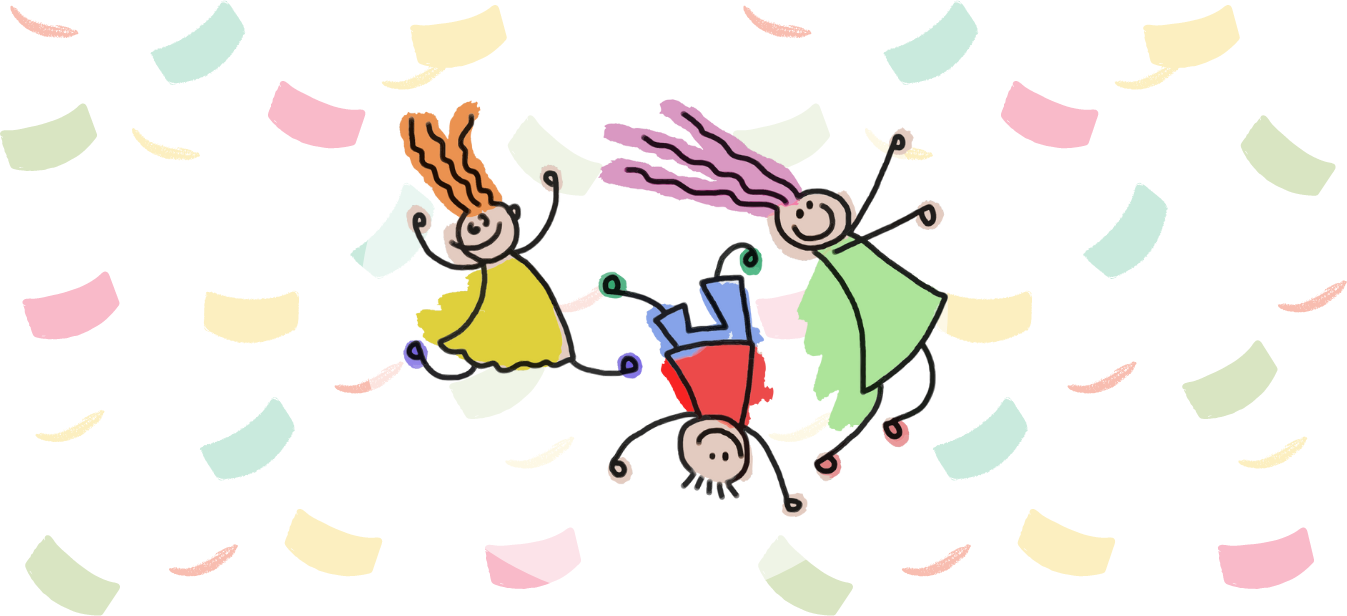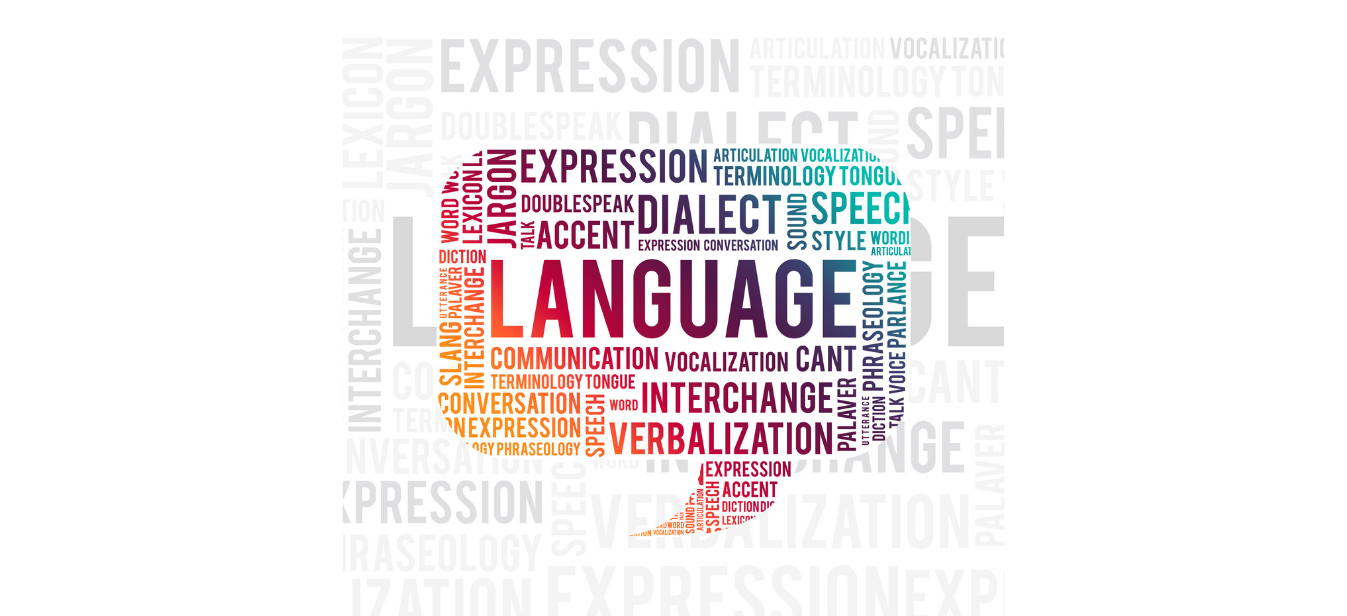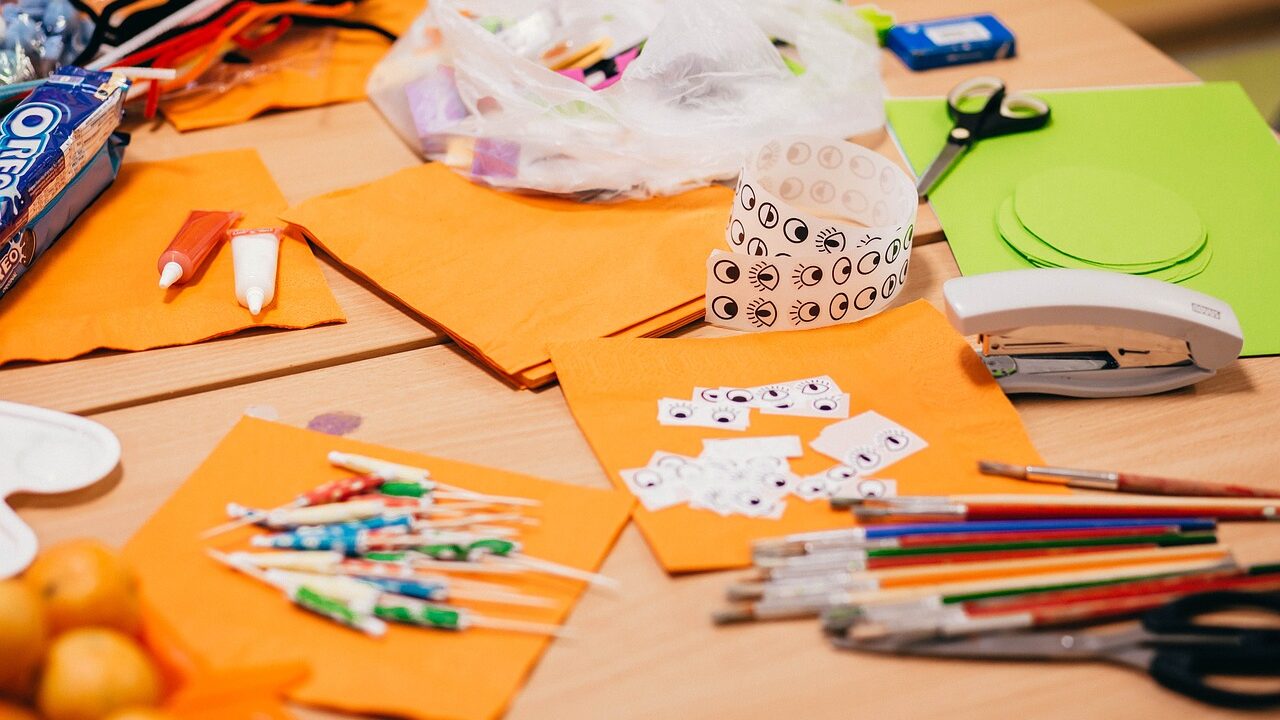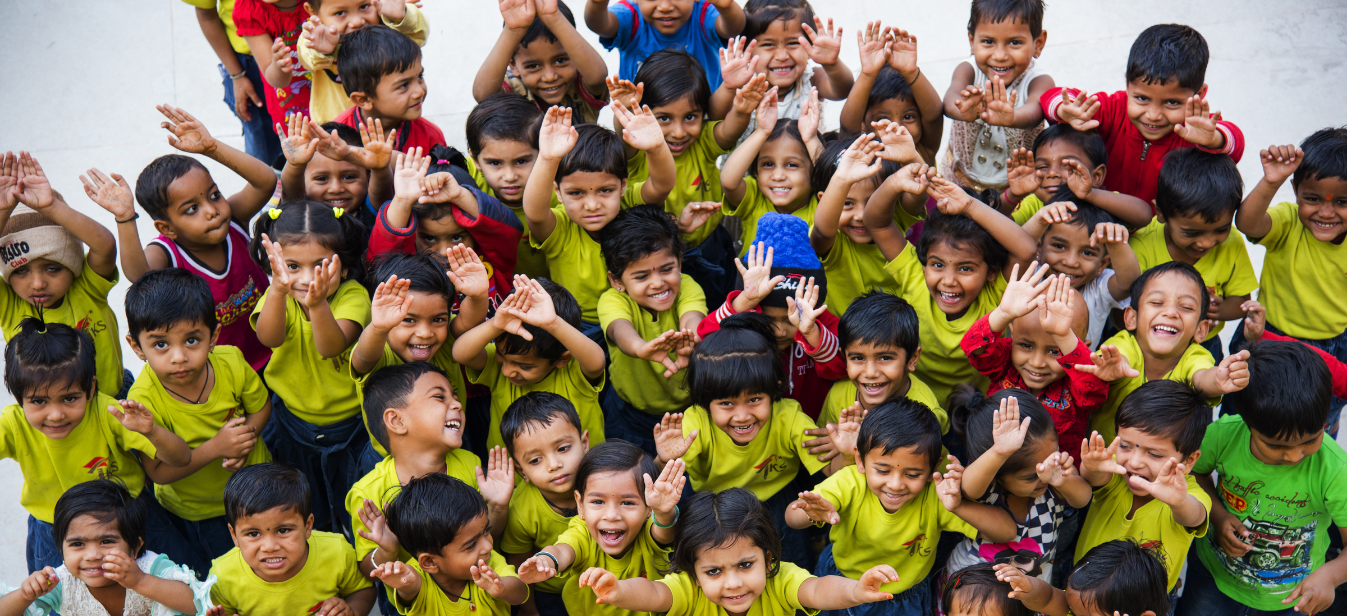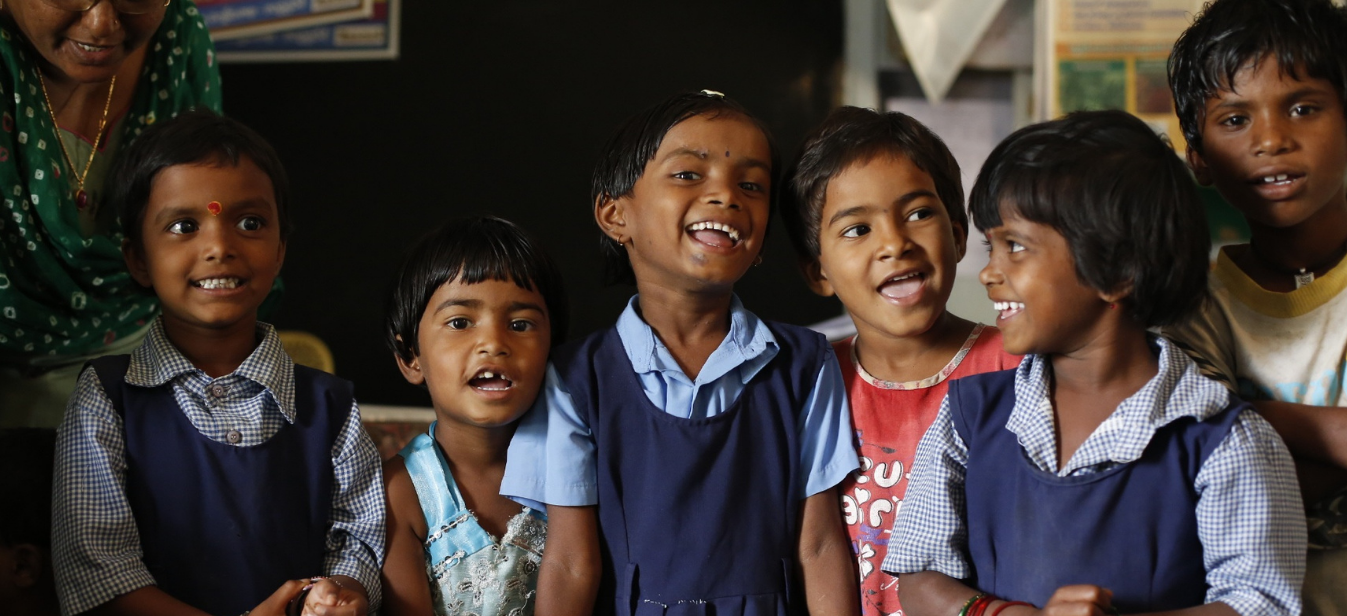
India’s diverse heritage has done more than culturally enrich us; it has also gifted us with a bilingual, and often multilingual population. Across the hinterland, many children hear multiple languages and dialects since birth, and are better equipped to develop literacy skills in those languages.
Despite these favourable factors, fluency and literacy in second language acquisition is not at peak levels considering our exposure. This article delves into the factors that affect second language acquisition.
Factors Influencing Acquisition Of A Second Language
Student Characteristics
Age: An early learner’s brain is most equipped to deal with language literacy, as this study by Dr. Paul Thompson shows. This UCLA neurology professor and his team studied the brain scans of children between the ages of three and fifteen to map the growth and brain development, and found that the systems of the brain that control language acquisition grow rapidly from the age of six till puberty. Additionally, a younger brain processes much less data and information than an adult brain. Quite simply, they use fewer and simpler words and do not struggle to put abstract thought into words. These young learners are picking up the language gradually, and not simply ‘learning’ it; this makes a prodigious difference in language learning.
Motivation: The bigger the goal—speak to friends and relatives, get accepted into a certain school—the higher the motivation students have to study a language. Moreover, their enjoyment of the learning process influences their level of literacy in that language. For young children, positive feedback, constant encouragement, and fun educational tools work as motivation, and can make the difference between becoming simply ‘good’ versus becoming fluent.
Attitude: How have the children been introduced to the language and the culture behind it? What do you know about this language? A child’s attitude towards a language—greatly influenced by parents, caregivers, and teachers—plays a pivotal role in language acquisition. The more positive an attitude adults display towards a language, the more inclined children would be to learn said language.
Gender Differences: Male and female children differ in their verbal abilities, with multiple studies confirming superior language performance in females. These differences have been confirmed not only for the native languages, but also for the acquisition of a second language. While these differences decrease with age, during the first years of life, girls acquire language faster than boys and exhibit a larger vocabulary. Studies prove this pattern is repeated in comprehension, production, and even lexical and grammatical development. For instance, boys develop and produce word combinations (like ‘drink + water’) three months later than girls. Mixed classes sometimes make little allowance for this fact, and result in the girls overshadowing the boys’ accomplishments. Language experiences need to reflect these differences, as we encourage both genders to master new communication and language skills.
External Factors
Learning Environments: Young learners find it more difficult to pick up a language when they are not supported by a language-rich environment, both at home and in school (or in the Anganwadi). The sessions need to be engaging and full of playful elements. Activities for language learning need to be based on everyday experiences, to help children associate them correctly. Allowances must be made for mistakes, without any negative feedback. Adult support can be linked to simple dialogues and commentaries with children with open-ended questions to encourage conversation.
Native Language Proficiency: Children start learning their home or native language almost as soon as they are born. In fact, they apply the same strategies used for grasping contextual clues in their home language, while learning the second language. Depending on the frequency of exposure to new words and concepts in the native language, they develop stronger and better grasping strategies that are then transferred to the new language as well. Viewing each child’s native language as an asset and encouraging children to maintain and further develop their native language proficiency helps them become more fluent in the second language.
Instruction: Educators, teachers, and caregivers who are trained to teach a language holistically see better results with their students’ language acquisition skills. Such empowered teachers provide needed language support and explicit language instruction that takes into account students’ proficiency in other languages. Their own expertise enables them to plan language instruction to ensure student learning in incremental stages, for better outcomes.
Research clearly suggests language acquisition should be treated as a barometer of success. A weak language foundation has a domino effect on other areas of the child’s life as well, including cognitive and academic domains. Our task as educators and early learning experts includes providing children with appropriate holistic resources for language acquisition, right from the early ages.
See how Square Panda India lives up to the task via our Aarambh initiative: ecce.squarepanda.in.


